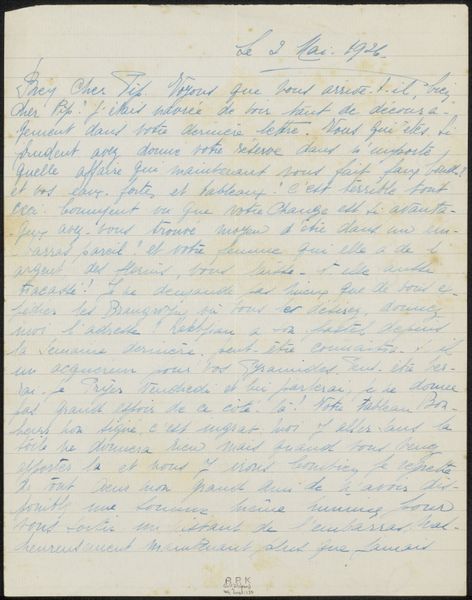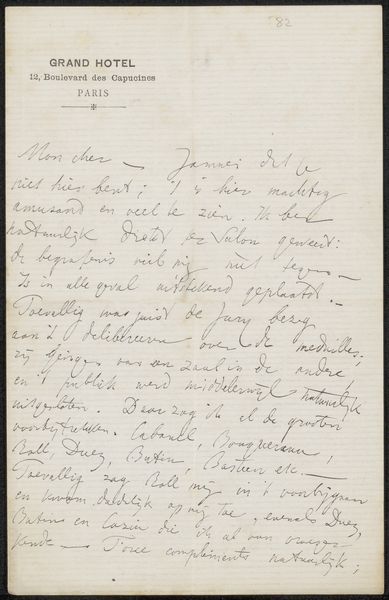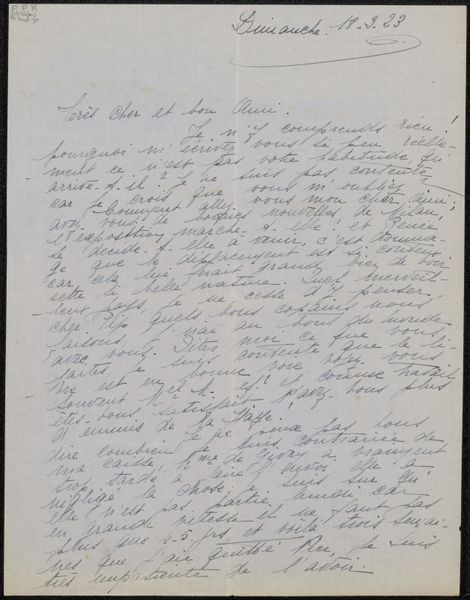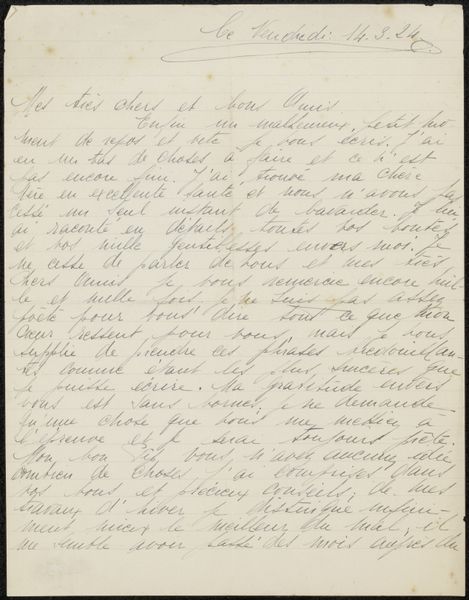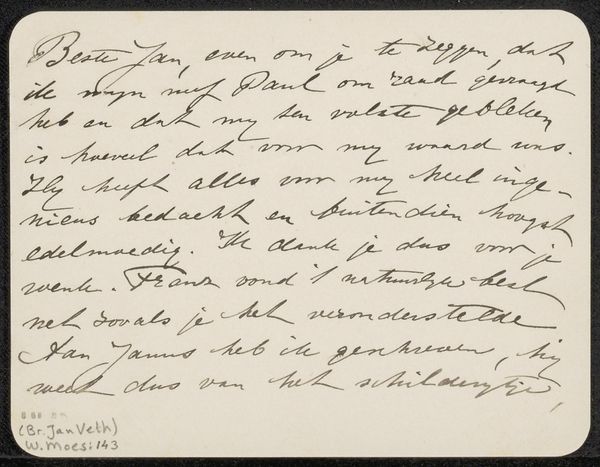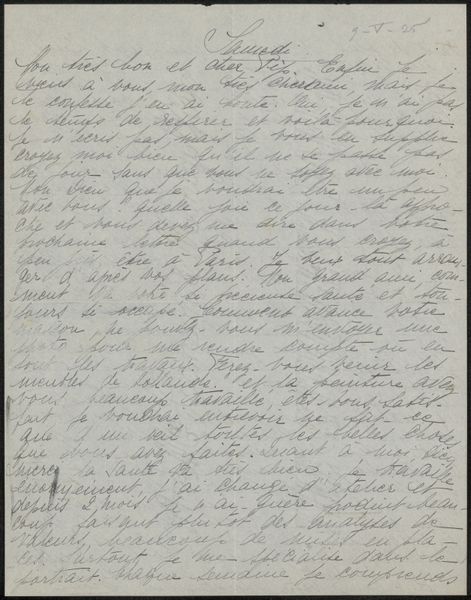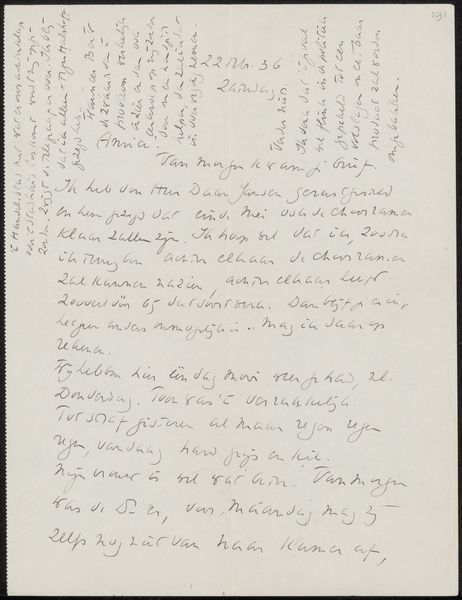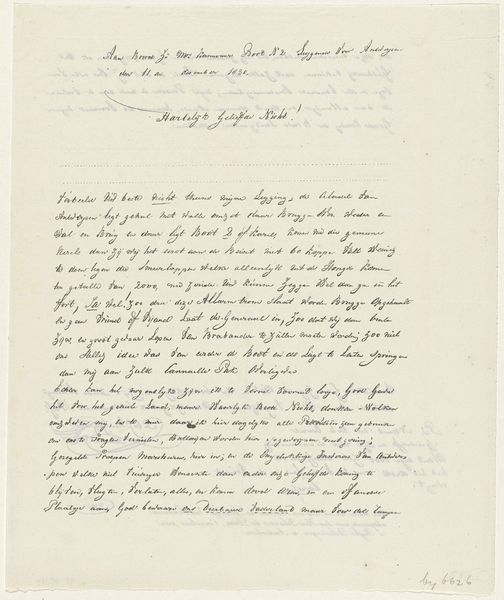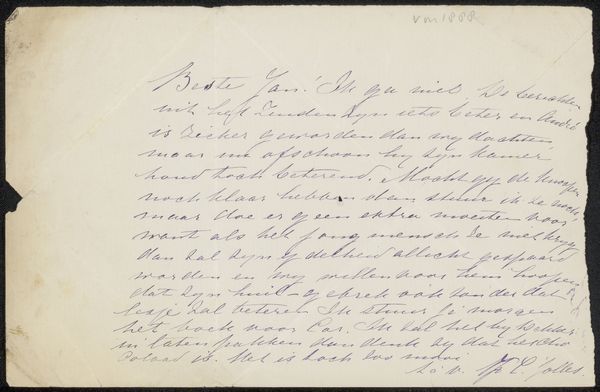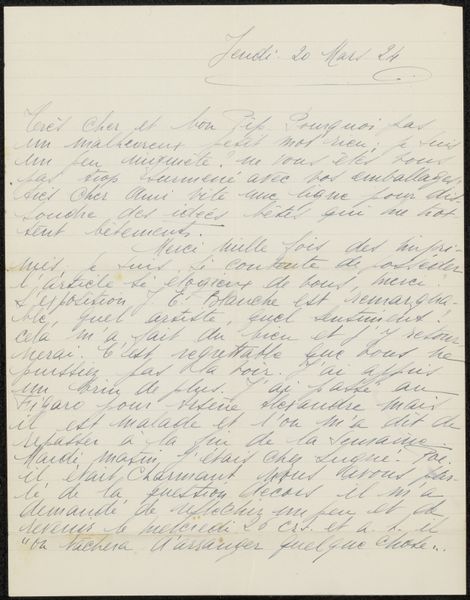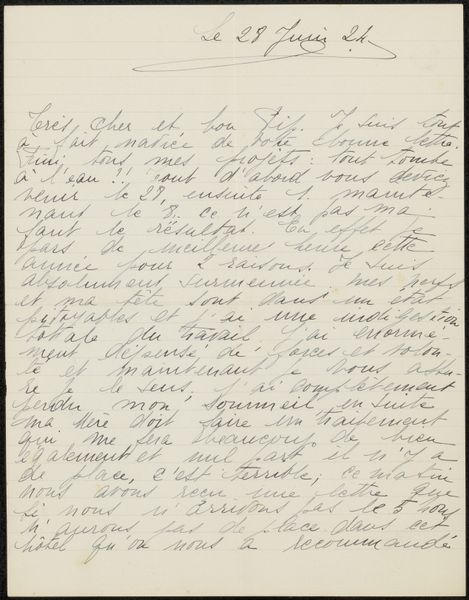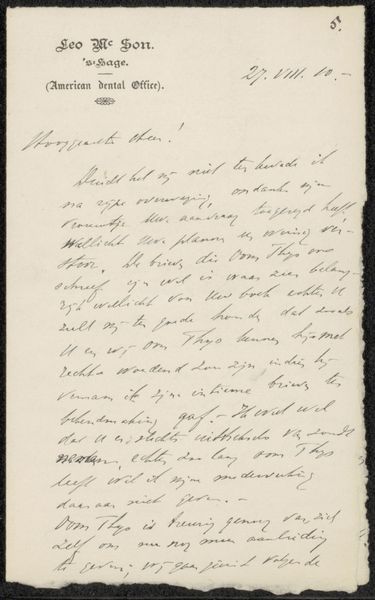
drawing, paper, ink
#
portrait
#
drawing
#
narrative-art
#
paper
#
ink
#
monochrome
Copyright: Rijks Museum: Open Domain
Editor: This is "Notities over de Royal Dockyard te Chatham," a drawing in ink on paper by Petrus Johannes Schotel, created sometime between 1841 and 1865. It’s interesting to see this kind of documentary sketch—it feels like a page ripped straight from a historical logbook. What significance would you assign to this particular artwork? Curator: I'd consider this work as a reflection of 19th-century national pride intertwined with maritime power. Think about the historical context: the British Empire’s reliance on its naval strength. Dockyards like Chatham were crucial to projecting that power. This drawing, almost like a technical document, served a purpose beyond mere record-keeping. Editor: How so? It seems almost too informal for official purposes. Curator: Perhaps. But even informal documents contribute to the broader cultural narrative. This kind of drawing, while not a formal portrait or heroic seascape, plays into the same story: Britain's maritime dominance and the industrial infrastructure that enabled it. Do you notice the deliberate emphasis on ships like the "Royal Charlotte" or the "Leviathan?" These were not just vessels; they were symbols of technological prowess and imperial reach. Editor: That makes me think about the audience for such a drawing. Would it have been for internal use or for a more public viewing? Curator: That's a good question. Given the nature of the information it contains, a public exhibition would present challenges regarding what information could become available to competing states. Even its current location, as a record housed in the Rijksmuseum, changes how we understand its original purpose to showcase Dutch holdings. How does viewing this artwork change your understanding of nineteenth-century political strategies? Editor: I hadn’t thought about it like that. I now understand that it's not just a sketch; it is more of a carefully planned articulation of the empire’s global stature. Curator: Exactly. By examining seemingly simple works within their historical, social, and institutional contexts, we gain deeper insights into the power dynamics they represent.
Comments
No comments
Be the first to comment and join the conversation on the ultimate creative platform.
